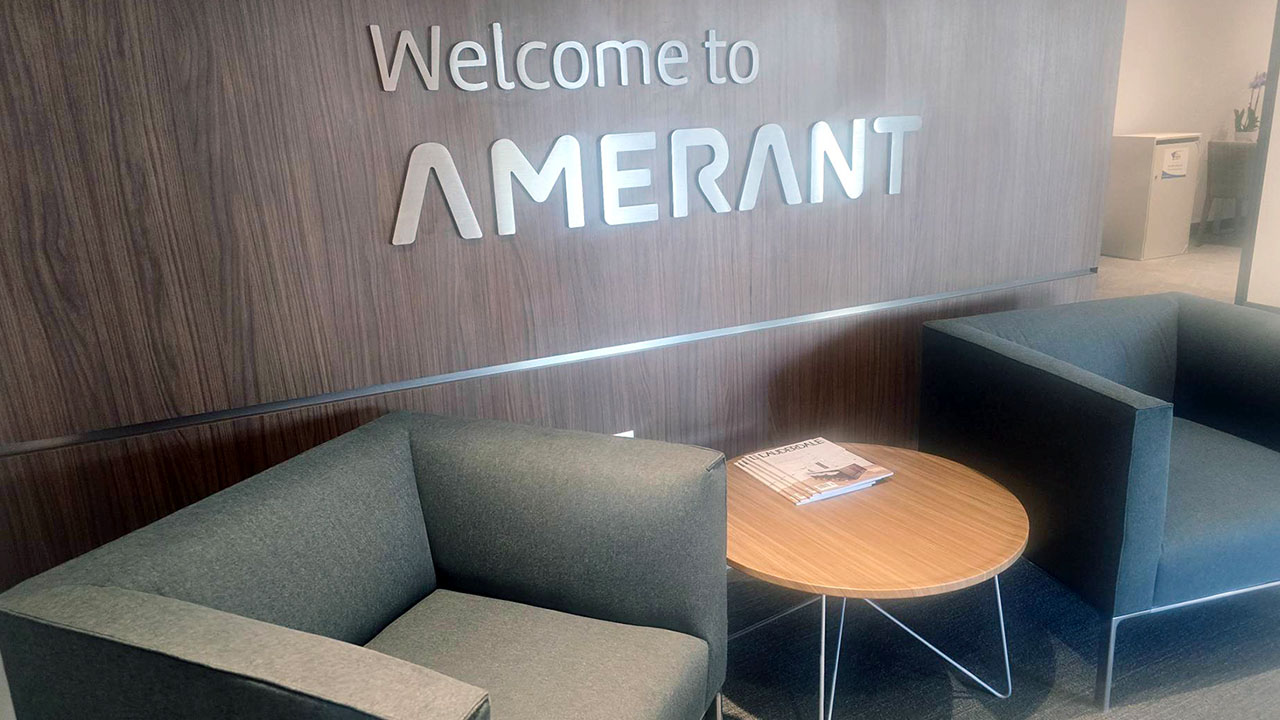Staying on top of the evolving landscape of IRAs and 401(k)s is crucial for any CEO, employee or investor. As vice president and investment officer at Coral Gables Trust, Michael Unger has a scope of responsibilities that includes making evaluations and recommendations to the investment committee and aiding in monitoring client portfolios and reviewing their best-in-breed investment managers. SFBW asked Unger to break it all down.
Can you explain the new rules regarding inherited IRAs and give an example of how that would work in the real world?
The Secure Act introduced a plethora of substantial updates to longstanding retirement account rules. One of the more notable changes was the elimination of the stretch provision for non-spouse beneficiaries of inherited IRAs. Prior to the Secure Act, beneficiaries of IRAs were able to stretch out distributions based on their own entire life expectancy, but now most non-spouse beneficiaries (such as children) will be required to deplete their accounts within ten years after original owner’s death. There has been a lot of confusion surrounding this new rule with experts interpreting it to mean that all the money could be withdrawn in year 10, if so desired. As such, the Secure Act 2.0 has proposed stricter rules that would apply to someone who inherited an IRA from a person who had begun taking required minimum distributions. In this case, the recipient must continue taking distributions on an annual schedule opposed to taking the full amount out in year 10.
Here’s an example of how this change could affect you. Let’s say you’re the daughter of John (age 75) and Maria (age 68). In August 2023, a tragedy occurs, and John and Maria suddenly pass away from a car accident leaving you as the beneficiary of each of their IRAs. Since Maria died prior to her required beginning date, you are simply required to empty the inherited account by the end of 2033 (the 10th year after Maria’s death). Distributions before that time would be allowed, but not required. By contrast, John had already passed his required beginning date. As such, with respect to the IRA you inherit from John, you will be subject to both the 10-year rule and an annual required minimum distribution. Furthermore, beginning 2024 (the year after death), you would need to begin taking annual distributions and would be required the empty the entire inherited IRA from John by December 31, 2033.
And what are the new rules regarding 401(k)s?
With many Americans behind on saving for their retirements, the new bill is designed to help Americans save more by allowing them to leave their retirement savings untouched and untaxed for longer. Here are some key changes to qualified employer sponsored retirement plans (401(k), 403(b), and governmental 457(b):
- Required minimum distributions postponed: Americans will be able to postpone their required minimum distributions. The required minimum distribution age increases to age 73 in 2023 and to age 75 in 2033. Notably, if you are turning age 72 this year, you will not have to take a required minimum distribution until 2024.
- Increase in catch-up limits: For those aged 50 or older, the catch-up contribution is increased to $7,500 and will be subject to inflation increases. Starting in 2025, if you are aged between 60-63 you can contribute the greater of either $10,000 or the special catch-up contribution limit for that year.
However, the caveat is that these changes will likely lead to higher tax bills in future years because you will have to withdraw more money over a shorter timeframe. Many assume they will be in a lower tax bracket in retirement, but this is not always the case.
Why were these new rules implemented?
According to a concerning survey by the Federal Reserve, a surprising 75% of non-retirees don’t have any retirement savings at all, and a mere 40% believe their retirement savings are on the right track. These results clearly indicate that America is facing a retirement crisis. As such, the Secure Act 2.0 is Congress’s latest attempt to strengthen the retirement system and pave the way for savers to enhance their retirement. The Secure Act 2.0 is a comprehensive legislation that not only expands and increases retirement savings for Americans, but also simplifies and clarifies many complex and confusing existing retirement plan rules. It also improves individual investment options, streamlines plan administration, and makes significant changes to required minimum distributions. Additionally, these changes provide Americans with more flexibility in how they use qualified retirement savings and avoid excise taxes for early withdrawals in certain cases. The new law recognizes that the workforce has evolved and gives employers the flexibility to offer benefits tailored to employees’ needs.
If you already contribute to a 401k, is there any benefit to also contributing to your IRA?
Given 401k’s higher contribution limits and employer matching, it is often viewed as the backbone of retirement planning. Saving for retirement is a marathon, so the more you can contribute today, the better off you will be at retirement. Making contributions to both your 401k and IRA provides you with the greatest opportunity to maximize your savings. We suggest that you first contribute enough to a 401k to capture the full advantage of your employer’s matching contribution. Then, we recommend contributing to a Roth IRA or Traditional IRA, which provide the greatest flexibility on investment options. These vehicles allow for alternative investments including real estate, private equity, precious metals, cryptocurrency and much more. Upon surpassing contribution limits for IRAs, we recommend contributing further to your 401k or if eligible contributing to a Health Saving Account (HSA). The bottom line is you can’t save too much for retirement. The combination of these tax deferred vehicles allows you to not only maximize your contributions, but provide you with significant tax breaks.
Is there any benefit to choosing to contribute to your IRA instead of your 401k if there’s no match?
While it generally makes sense to save for retirement through your 401k, even if your employer will not match your contributions, there are always exceptions. First off, IRAs offer more flexibility in terms of withdrawals and conversions; thus, allowing for potential tax advantages and penalty exemptions under certain circumstances. For individuals frequently switching employers, it allows them to remain eligible to contribute to their retirement. IRAs act as a vehicle to consolidate retirement savings from past employers. Ultimately, the best approach may involve a combination of both IRA and 401k contributions to maximize retirement savings and take advantage of different tax benefits.
But once you exceed a certain income, the advantages diminish, right?
The phaseout limit for married filing jointly begins at $116,000 or less. A partial deduction occurs between $116,000 to $136,000 and then anything over $136,000 is no longer tax deductible. For a single person, that limit is $83,000. Depending on their combined income, they may still be eligible to receive a tax deduction. However, the strategy is to have multiple tax-deferred vehicles. While you receive a tax deduction for contributions to your 401k, you are taxed on withdrawals. Contributions to a Roth IRA are not tax deductible, but assuming the 5-year holding period and age requirement are met, then withdrawals are completely tax-free. The caveat: Contributions to a Roth IRA are limited to your income level. For instance, single tax filers must have a modified adjusted gross income of less than $153,000 and married filing jointly must be under $228,000 in 2023. Furthermore, Roth IRAs and Traditional IRAs offer greater flexibility and control over investments, whereas the employer 401k will likely be limited to passive index vehicles or age-based funds.
Now what if a full-time employee meets the threshold you just discussed, but there is a separate source of income, a side hustle. Is the contribution to the IRA is tax deductible? Or does $83,000 income preclude them?
For single individuals, that aren’t covered by a retirement plan at work are able to contribute and receive a full deduction up to the amount they contributed. No, if they are covered by a retirement plan at work and have a side hustle, they still wouldn’t be able to receive a tax deduction for their contribution.
Photo credit: Marc Najera
















